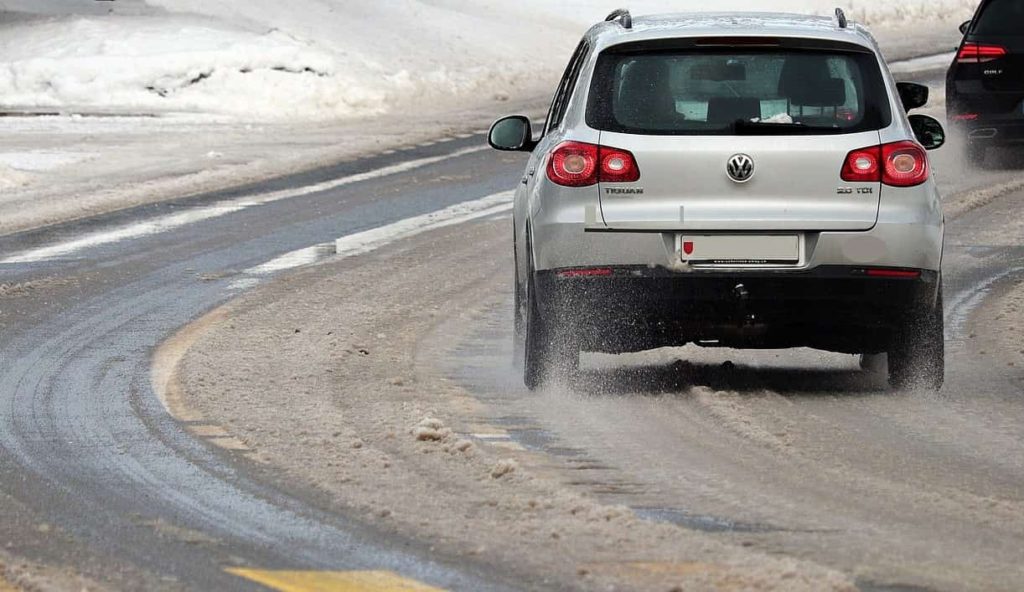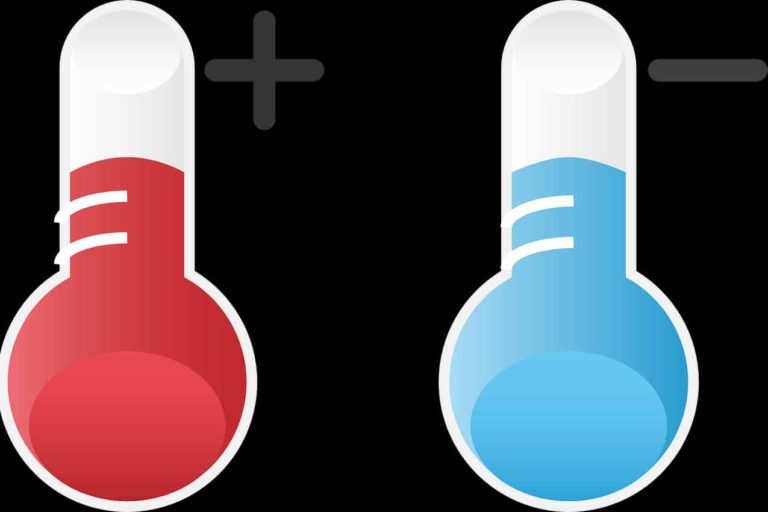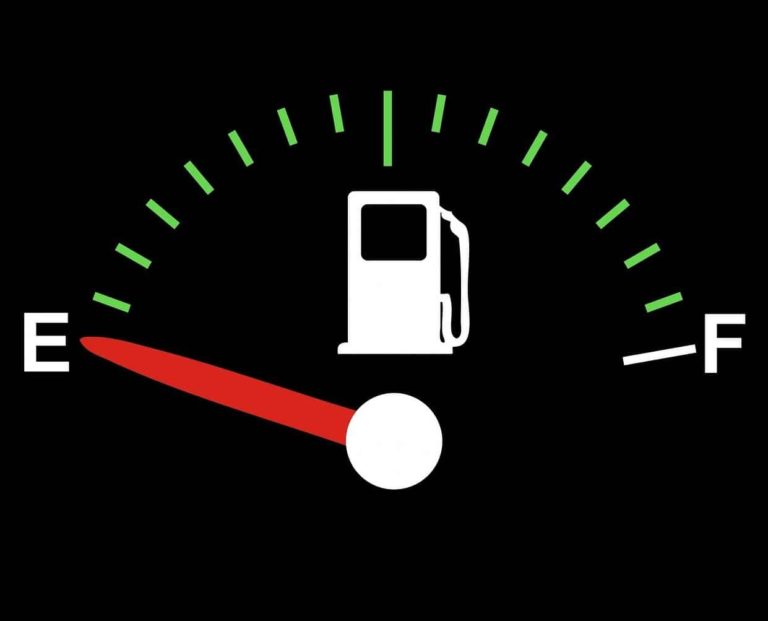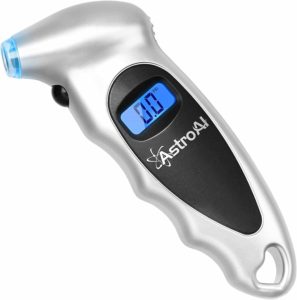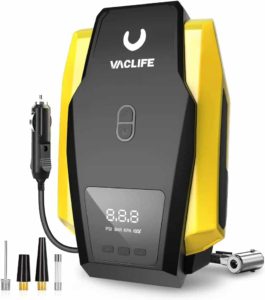the Relationship Between Weather and Tire Pressure
Understanding tire pressure is crucial for any driver. Weather plays a significant role in how your tires perform, and in this article, we’ll explore its impact on tire pressure, the consequences of improperly inflated tires, and practical tips for maintaining optimal tire pressure.
The Science Behind Tire Pressure and Weather
The connection between tire pressure and weather is based on the ideal gas law, which demonstrates that the pressure, volume, and temperature of a gas are interconnected when the amount of gas remains constant. The behavior of air inside a tire can be explained using the ideal gas law, showing that as the temperature increases, so does the pressure within your tires, and vice versa. This is due to the air expanding when heated and contracting when cooled, leading to significant pressure changes in different weather conditions.
How Air Behaves Inside Tires
When the temperature outside the tire changes, the temperature of the air inside the tire will also change. As the air temperature increases, the air molecules inside the tire gain kinetic energy and move more rapidly. This causes the pressure within the tire to increase. Conversely, when the temperature decreases, the air molecules lose kinetic energy, and their movement slows down, resulting in a drop in tire pressure.
Does Humidity Affect Tire Pressure?
Humidity can have a minor impact on tire pressure. Water vapor is a component of the air within the tire, and its amount depends on the humidity in the surrounding environment. When humidity is high, more water vapor is present in the air, making the air inside the tire denser. However, the effect of humidity on tire pressure is minimal compared to temperature changes and can generally be considered negligible.
Real-World Implications of the Science
Understanding the science behind tire pressure and weather allows us to predict how tire pressure will change in response to temperature fluctuations. As a rule of thumb, tire pressure changes by approximately 1 PSI (pound per square inch) for every 10°F (5.6°C) change in temperature. This means that if the temperature drops by 30°F (16.7°C), your tire pressure could decrease by around 3 PSI, impacting vehicle handling, fuel efficiency, and tire wear.
Cold Weather Effects on Tire Pressure
Cold weather will cause a decrease in tire pressure This can lead to underinflated tires which will have negative consequences, including reduced fuel efficiency, uneven tire tread wear, decreased handling performance, and risk of tire failure. In cold weather, it’s essential to check your tire pressure more often and inflate your tires to the recommended level.
Warn Weather Effects on Tire Pressure
Hot weather will cause an increase in tire pressure. This leads to overinflated tires, which can also cause problems, such as reduced handling performance, uneven tire wear, and increased risk of punctures and blowouts. In hot weather, it’s important to check your tire pressure and adjust it as needed to avoid overinflation. (Always check before driving or after your car has been parked for a few hours)
The Impact of Tire Pressure on Vehicle Safety and Performance
Proper tire pressure is crucial for maintaining vehicle safety and performance. Improperly inflated tires can negatively affect handling, tire wear, and the risk of tire failure. By understanding how the weather affects tire pressure, you can take steps to ensure your tires are always properly inflated, providing a safer and more efficient driving experience.
Tire Pressure and Fuel Efficiency
Ensuring your tires are properly inflated can save you money at the gas pump. According to the U.S. Department of Energy, properly inflated tires can improve your gas mileage by up to 3.3%. This means that maintaining the correct tire pressure not only helps your vehicle run smoothly but also helps reduce vehicle emissions and contribute to a cleaner environment.
Tips for Maintaining Optimal Tire Pressure
To keep your tires at their best, consider the following tips:
Check your tire pressure regularly, at least once a month, before taking any trips, and whenever there’s a significant change in temperature.
Follow the manufacturer’s recommendations for your specific make and model. Be exact.
Invest in a good-quality tire pressure gauge.
Consider using nitrogen instead of regular air, as nitrogen is less affected by temperature fluctuations.
Rotate your tires regularly to ensure even tire wear and prolong the life of your tires. Check your owner’s manual for the recommended rotation pattern for your vehicle. (look out for staggered tires)
Other Factors Influencing Tire Pressure
In addition to weather, there are several other factors that can affect tire pressure, including:
Altitude changes: As you travel to higher elevations, the atmospheric pressure decreases, which can cause your tire pressure to drop.
Load on the vehicle: Heavier loads can cause your tires to compress, increasing the pressure within the tire. (This includes carrying excessive weight as well as towing)
Tire age and wear: Older tires or tires with significant wear may be more susceptible to pressure fluctuations due to decreased structural integrity. (check your tires for dry rot if your vehicle sits for periods of time)
Road conditions: Rough or uneven road surfaces can impact tire pressure by causing small leaks or punctures that gradually release air.
Monitoring Tire Pressure: Tech and Tools
There are several tools and technologies available to help you monitor and maintain proper tire pressure:
Tire pressure monitoring systems (TPMS): Many modern vehicles come equipped with TPMS, which continuously monitor tire pressure and alert the driver if the pressure falls below a predetermined level. TPMS can be a valuable tool for maintaining optimal tire pressure and ensuring your safety on the road.
Types of tire pressure gauges: Tire pressure gauges come in various styles, including digital, dial, and stick gauges. Choose one that is easy to use, accurate, and durable.
Smartphone apps for tire pressure monitoring: There are several smartphone apps available that can help you track your tire pressure, either by connecting to your vehicle’s TPMS or using a Bluetooth-enabled tire pressure gauge.
How To Check Your Tire Pressure
Locate the recommended tire pressure: Check your vehicle’s owner manual or look for a sticker on the driver’s side door jamb or inside the fuel door to find the recommended tire pressure (measured in PSI, pounds per square inch) for your specific vehicle. Pay attention to front and rear pressures as sometimes they differ.
Gather necessary tools: Obtain a tire pressure gauge, which can be digital or analog, and an air compressor or tire inflator (we have recommended ones at the bottom of this article).
Wait for cool tires: Ensure your tires are cool before checking the pressure, as driving or direct sunlight can cause the tire pressure to temporarily increase. Wait at least 30 minutes after driving before checking the tire pressure to get an accurate reading.
Remove the valve cap: Locate the tire valve on each tire (it looks like a small, round cap) and unscrew it counterclockwise to remove it. Keep the valve caps in a safe place to avoid losing them.
Measure the tire pressure: Place the tire pressure gauge onto the valve stem, pressing firmly to create a good seal. The gauge will show a reading of the current tire pressure in PSI. Repeat this process for all four tires.
Compare the readings: Check if the tire pressure readings match the recommended PSI levels specified in your owner’s manual or on the sticker mentioned in step 1. If the tire pressure is too low or too high, proceed to step 7 or 8 accordingly.
Inflate underinflated tires: If your tire pressure is too low, attach the air compressor or tire inflator to the valve stem and inflate the tire until it reaches the recommended PSI level. We suggest periodically checking the tire pressure with the gauge while inflating to ensure accuracy.
Deflate overinflated tires: If your tire pressure is too high, slightly press the small metal pin in the center of the valve stem to release air from the tire. Again, periodically check the tire pressure with the gauge to ensure you do not deflate the tire too much.
Replace the valve caps: Once the tire pressures are all adjusted to the exact recommended levels, screw the valve caps back onto the valve stems by turning them clockwise.
TIP: BE ACCURATE AND PRECISE TO AVOID HAVE YOUR TIRE PRESSURE LIGHT TURNING ON. IF YOUR VEHICLE CALLS FOR 35 PSI IN THE FRONT TIRES AND 38 IN THE REAR, BE SURE TO FOLLOW THIS EXACTLY.
Conclusion
Understanding how the weather affects tire pressure is crucial for any driver. By being aware of how temperature fluctuations impact your tires, you can take the necessary steps to maintain optimal tire pressure, ensuring a safer and more efficient ride. Regular tire pressure checks, following manufacturer recommendations, and using appropriate tools can help you stay on top of your tire pressure game. So next time you hit the road, remember to consider the weather and its impact on your tires – your vehicle, and your wallet, will thank you
Please note that this blog post contains Amazon affiliate links. This means that if you make a purchase through one of these links, we at TPMSRESET.com may earn a small commission at no extra cost to you. We only recommend products that we personally use and believe in. Thank you for supporting this us.
